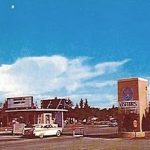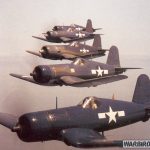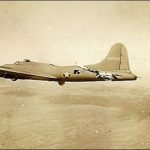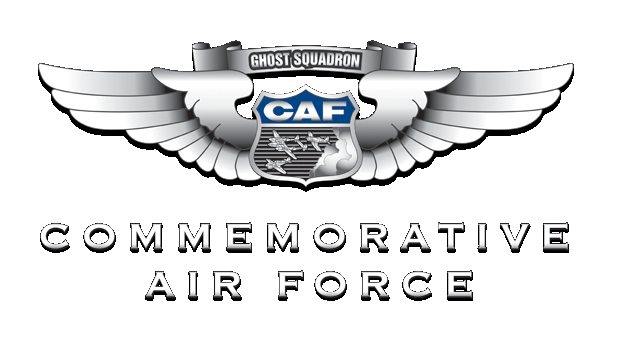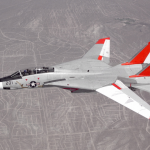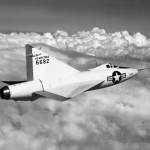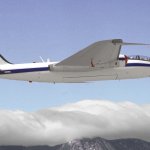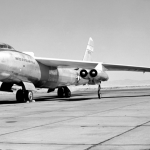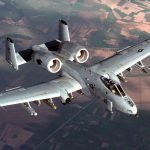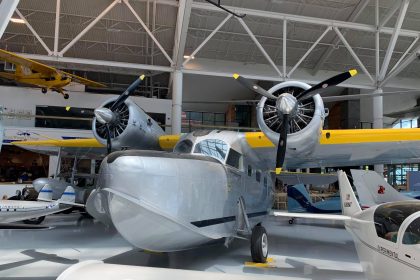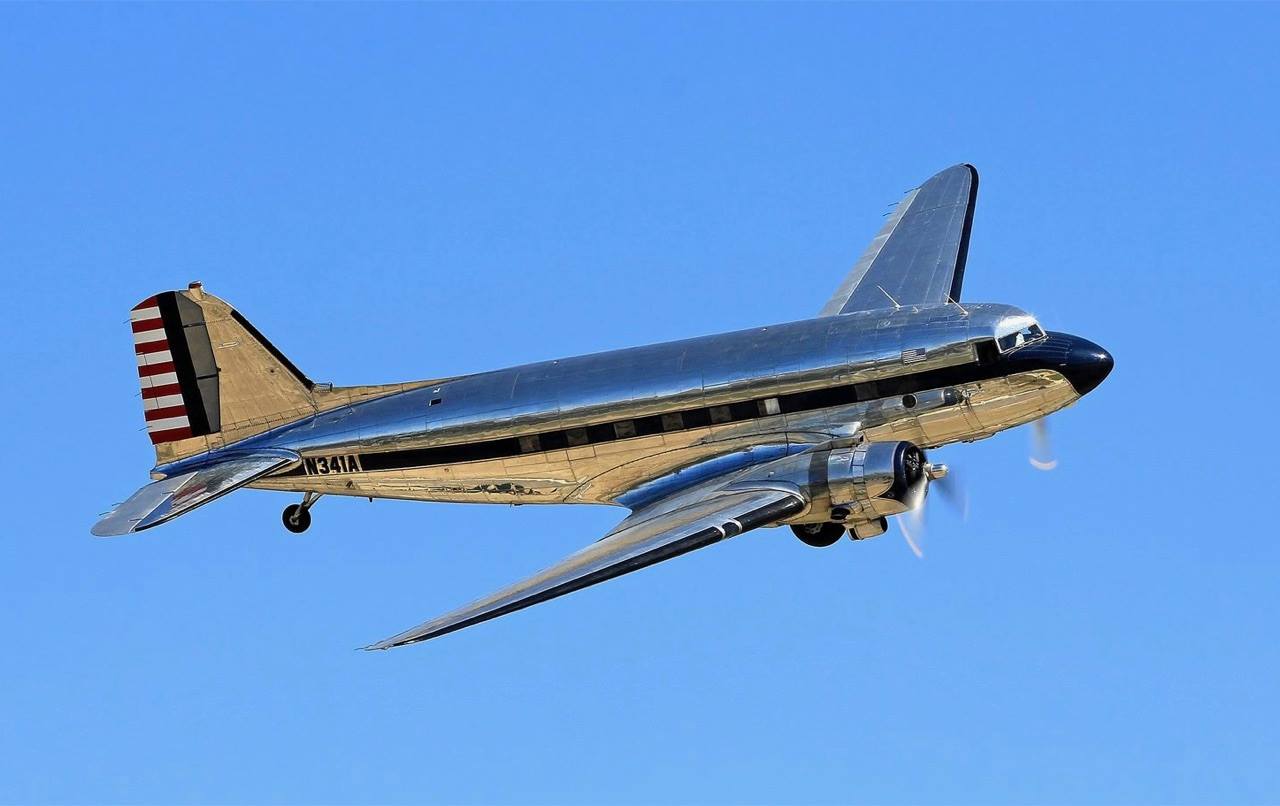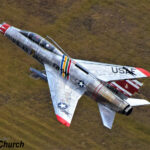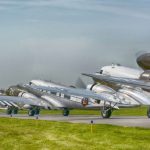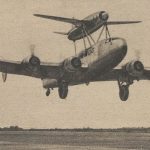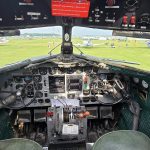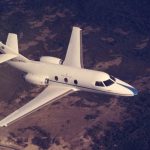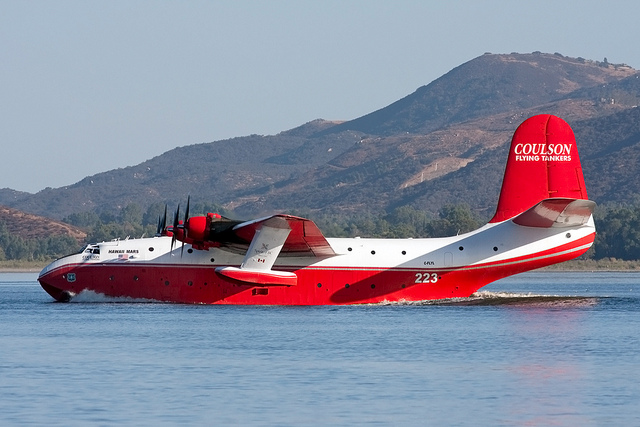With the launch of “The Other First Man,” we introduced a new series titled Flight Test Files, focused on the fascinating legacy of aeronautical advancements pioneered by NACA and later by NASA. This series highlights the aircraft operated by NASA’s Dryden Flight Research Center—now known as the Armstrong Flight Research Center—located in Edwards, California. Since the 1940s, Dryden has been a hub for cutting-edge flight testing, contributing significantly to the development of modern aviation technologies.
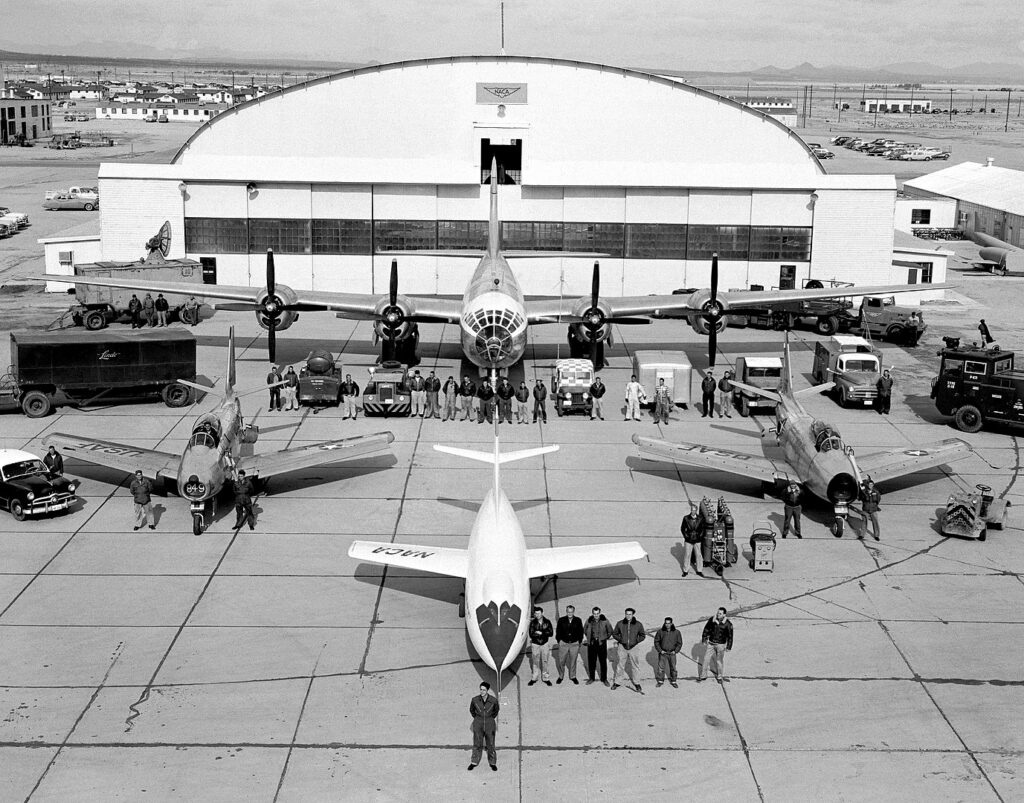
Once built for combat missions under cover of darkness, the Martin B-57B Canberra—designated as a “Night Intruder”—found new life far from the battlefield. In the 1960s through the early 1980s, one such aircraft became a critical asset in a series of ambitious flight test and research programs with NASA, contributing significantly to both space exploration and atmospheric science. Originally designed as a light bomber and reconnaissance platform, the B-57B was powered by two Wright J65 turbojet engines and operated with a two-person crew. One example was assigned to the NASA Flight Research Center (now Armstrong Flight Research Center) at Edwards Air Force Base, California. There, it was reconfigured for a joint program with NASA’s Langley Research Center, outfitted with specialized instrumentation to collect atmospheric data—work that would eventually span more than a decade.

But when delays in the installation of that scientific equipment pushed back the primary mission, the aircraft was pressed into service for another high-profile NASA program: the Viking mission to Mars. The B-57B played a vital role in the proof-of-concept testing of the Viking lander’s parachute system. Those tests took place at the Joint Parachute Test Facility in El Centro, California, and helped validate the crucial deceleration system that would later guide the Viking landers safely to the Martian surface.

Following the conclusion of the Viking testing, the B-57B returned to its original research role. In 1974 and 1975, it conducted high-altitude flights to measure atmospheric turbulence in support of a joint NASA Langley and Flight Research Center study. These missions yielded valuable data on jet streams, mountain wave activity, convective turbulence, and upper-level wind shear. Additional partnerships extended the aircraft’s utility further—sampling aerosols for the University of Wyoming and collecting clear-air turbulence data for the U.S. Department of Transportation.

Remarkably, the B-57B had already made its NASA debut years earlier. In the early 1960s, the aircraft was flown at Edwards by the NASA Lewis Research Center (now Glenn Research Center) to support the then-new NASA Electronics Research Center in Boston. Even later, in 1982, the B-57B made another return to Edwards—this time to the Ames-Dryden Flight Research Facility—for continued turbulence research under the Langley banner. From wartime bomber to Martian mission support to trailblazing atmospheric lab, the B-57B Canberra proved itself a versatile and valuable asset. Its decades of service with NASA underscore the vital role that adapted military aircraft played in advancing scientific knowledge during the golden age of experimental flight.
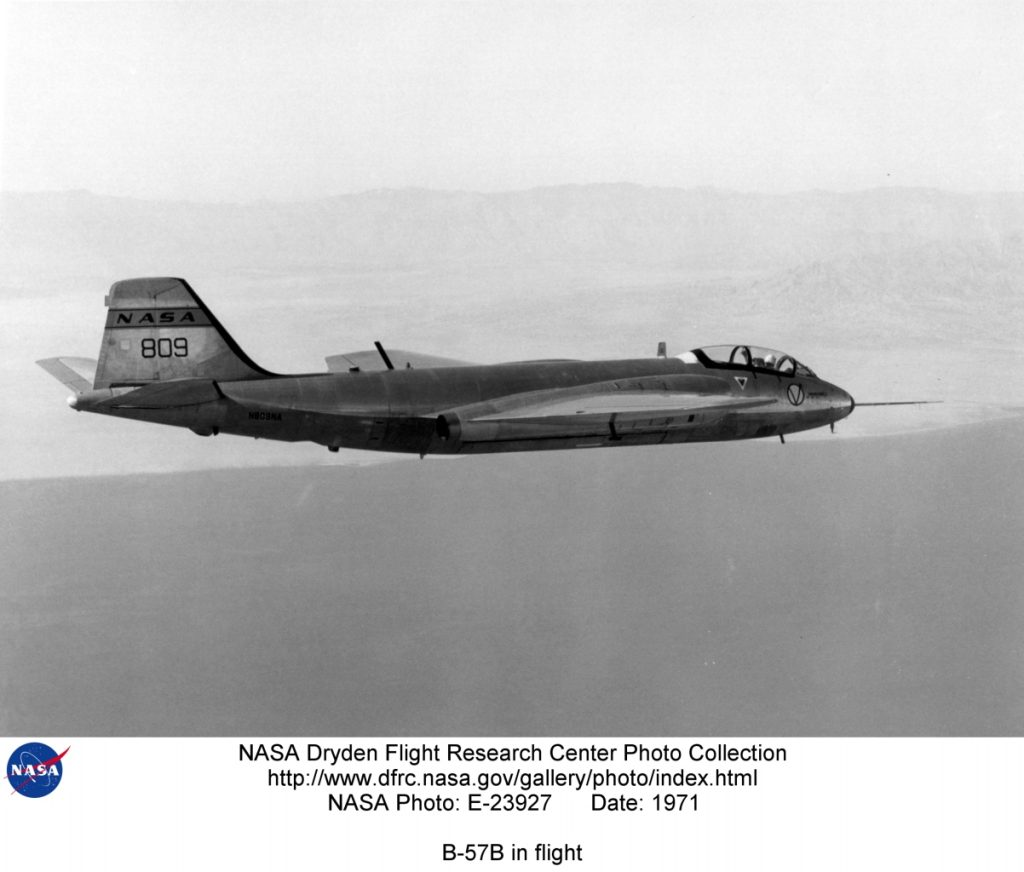
Flight Test Files: B-47A Stratojet
Flight Test Files: Grumman F-14 Tomcat
Flight Test Files: Convair XF-92A Dart
Flight Test Files: The Douglas D-558-I Skystreak
Flight Test Files: Viper X
Flight Test Files: A-5A Vigilante
Flight Test Files: The Douglas D-558-2 Skyrocket – Chasing Mach 2
Flight Test Files: The Other First Man
X-Plane Files: THE LIFE OF X-1 ZERO SIX THREE



